Chop ’til you drop dead
The Xbox Live Arcade, after nine long years, still doesn’t have a whole lot of classic style strategy RPGs. Discounting tower defense, there’s Band of Bugs, Greed Gorp, and a scant few others.
Enter Skulls of the Shogun: a new SRPG that seeks to mix things up a little bit while retaining the classic strategy formula.
Skulls is interesting in that it’s a Strategy RPG without a grid, and it features cross-compatibility between three platforms.

Skulls of the Shogun (Windows 8, Windows Phone, Xbox Live Arcade [reviewed])
Developer: 17-Bit
Publisher: Microsoft Studios
Released: January 30, 2013
MSRP: $14.99 (1200 MSP) Windows 8, Xbox Live Arcade/$6.99 Windows Phone
Skulls of the Shogun starts with an interesting and simple premise: you play the role of a recently deceased feudal-era Japanese General. In life, you were highly respected. In death, you’re kind of a mess.
Your rambunctious avatar is not only without an army, but he’s also in denial and refuses to stay dead. Almost immediately following the start of the story, you start amassing your army in the underworld, and plan your glorious return to honor — the only person who’s standing in the way is the guy who killed you.
While the premise is fairly interesting in itself, Skulls augments it with funny dialogue, and a healthy dose of “l33t” speak, among some clever pop culture references.
The campaign consists of roughly 20 stages, as you rough and tough your way through the undead countryside in search of glory. The story isn’t really a heavy hitter in terms of a deep rewarding narrative, but it’s funny enough that it’ll keep you going throughout, as you explore different zones based around seasons like Winter and Spring.
As you go about your business in the story, you’ll slowly learn more about the game, and how it tries to change up the status quo a bit. Firstly, while units have a limited movement area (shown by a circular overlay when selecting units), they can go freely within that area, and attack or utilize the environment at will.

Some advanced strategies are present, and this is where the game shines tactically. The major is the soul wall technique, which allows you to bunch up your units to avoid counter-attacks, knock backs, and prevent damage. This simple addition (which is usually only an offensive bonus in other games) makes you think before you place any unit, and adds quite a bit of depth to the proceedings.
Eating skulls is also a big part of gameplay, as chomping on enemy remains will allow you to heal your units, and power them up into a super unit if they eat three in one map. The strategy involved with skulls is that you cannot eat your own fallen units, and eating a skull takes up an action — leading you to think before you erroneously waste a turn healing.
Then you have the game’s other major component — rice paddy fields — which function as the game’s currency. In order to gain rice, you have to “haunt” a special square, which takes both an action and a turn. In subsequent turns, you’ll gain a resource for each haunted paddy, which allows you to buy more units in each map. Again, like skulls, this adds another element of depth as you decide which units will stay back and gain resources, which will defend and form a soul wall, and which will go on the offensive.
New units will also come into play, like the cavalry unit that has more movement than most, archers, fox spirits with a heal spell, and of course, your General, which gains the ability to meditate before making his first movement (to increase his maximum health), and engage in two actions on the same turn.
While Skulls of the Shogun does a great job of offering a decent amount of units, there’s no inherent “wow” factor when it comes to gameplay. Although the traditional grid is tossed in favor of a circular movement shadow, it still feels about the same as the genre always has, minus the game’s visual and vocal charm.
Most units don’t really have “spells” in the traditional sense that carry from map to map. There’s no real RPG progression system or anything to work for. You’re kind of just moving from map to map starting over from square one, even if your units had amazing success or mostly all died in the previous level. While there are a few “challenges” (like losing less units for instance) to work through in each map, they don’t really do anything to make you want to complete them.

Additionally, while you can “fast forward” enemy turns using LB, I feel like it doesn’t actually speed things that much, and often times I’m finding myself fairly bored while I wait for units to do menial tasks. After playing games that have options to skip enemy turns entirely, it feels a bit jarring.
Thankfully, there’s more than just a single-player component to the game, should you become complacent with the formula.
Multiplayer wise, Skulls of the Shogun is extremely impressive in that it basically offers every option under the sun for up to four people. There’s full couch-coop, four player online play, and cross platform asynchronous play between Xbox Live, Windows 8 PC, and Windows Phones. I wasn’t able to test out the cross-platform play function, but it operates the same as other modes — you just pick up where you left off.
These games play out in the same manner as the main story, just with up to three other human armies involved. There’s creeps (enemy AI) on the map to dispose of, rice patties to fight over, and units to claim. In terms of the options, think Swords and Soldiers, in that it offers a very limited amount of maps and tweaks that all feel around the same.
If someone drops out at any time during these modes, an AI opponent will take over — so you don’t have to worry about getting heavily invested in a match only to have it completely fall apart within seconds.
I wasn’t enamored by Skulls of the Shogun, but I enjoyed my time with it. If you can find local friends that enjoy a good asynchronous strategy game (think local Advance Wars), you might get a bit more mileage out of this one.


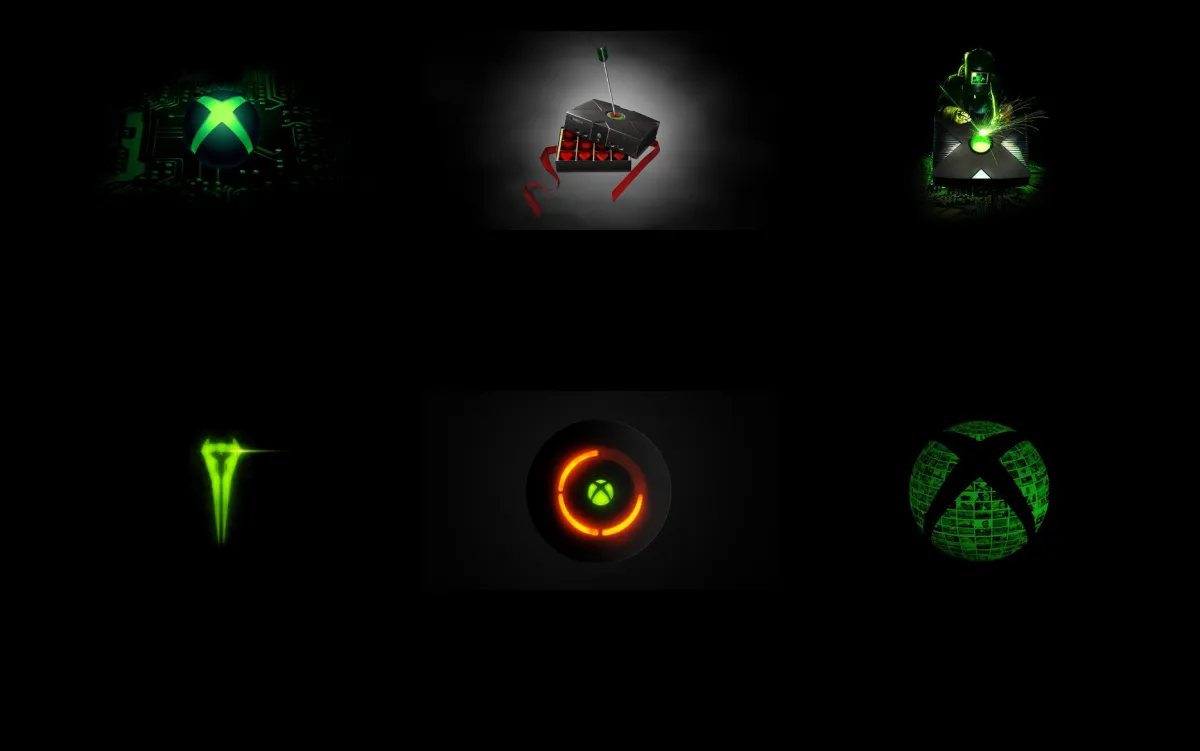
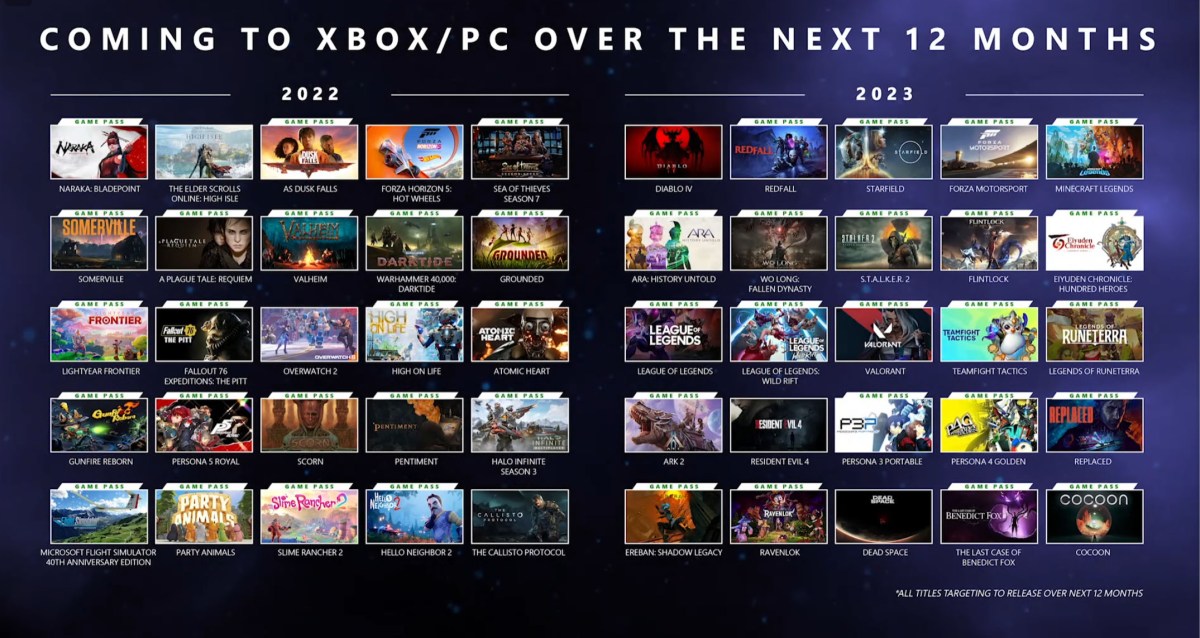
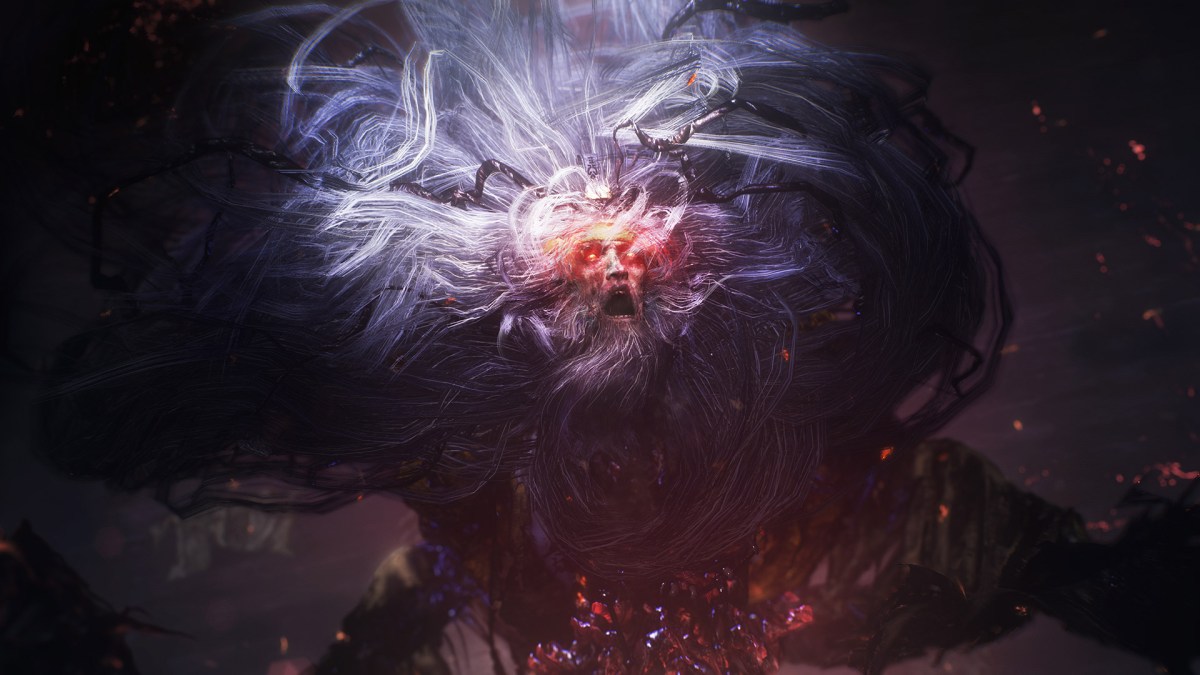
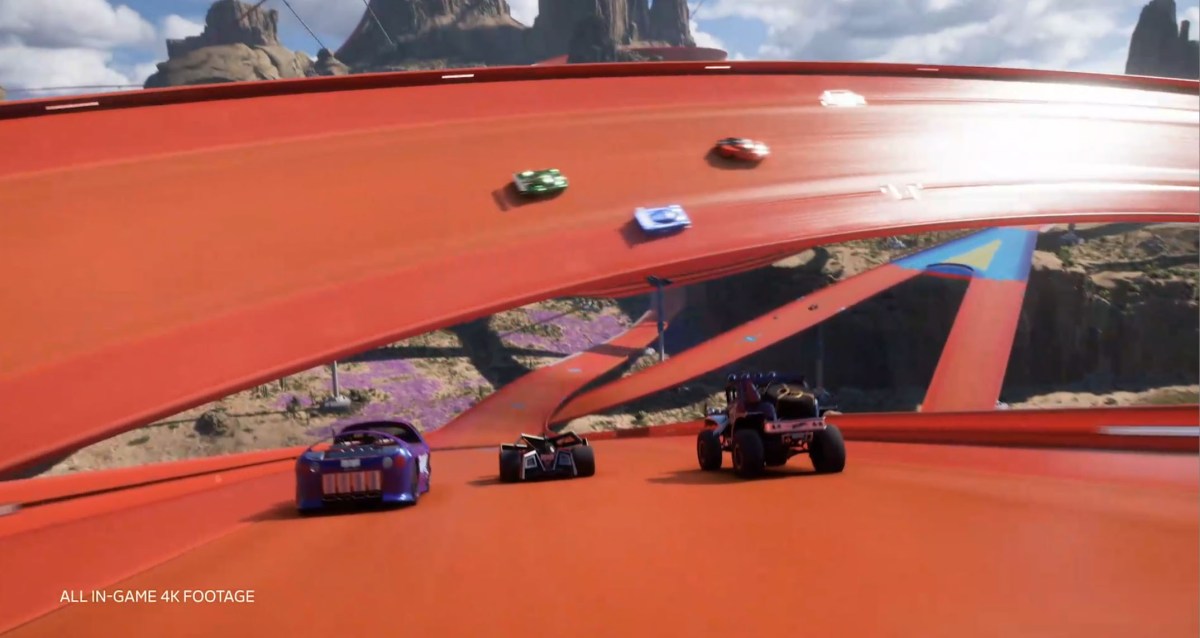
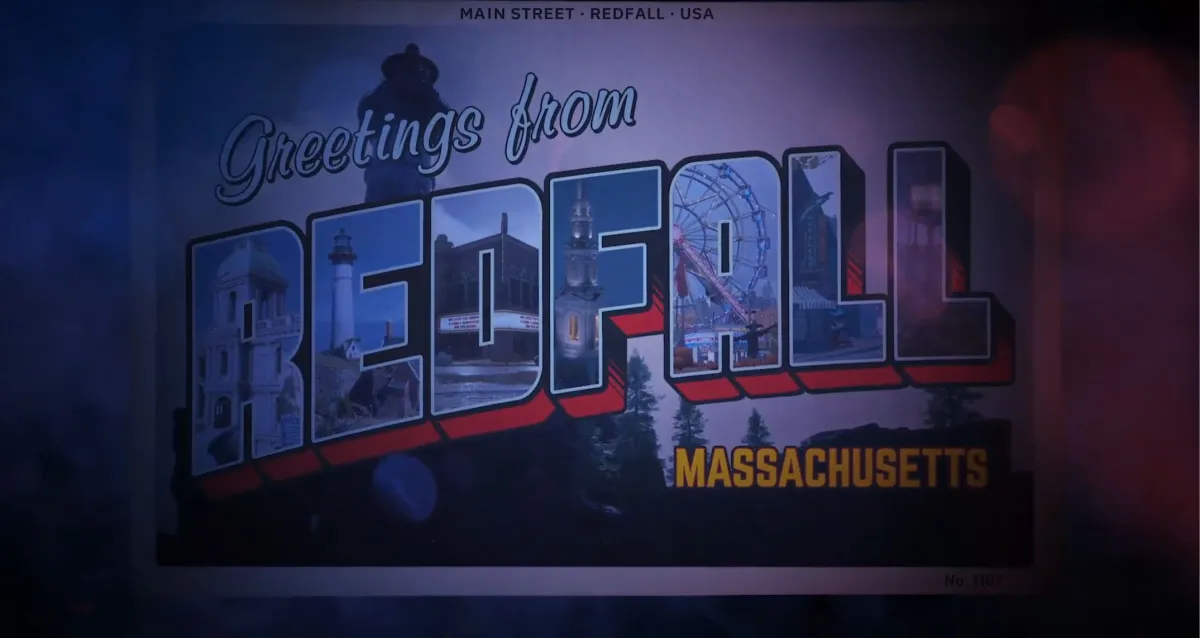
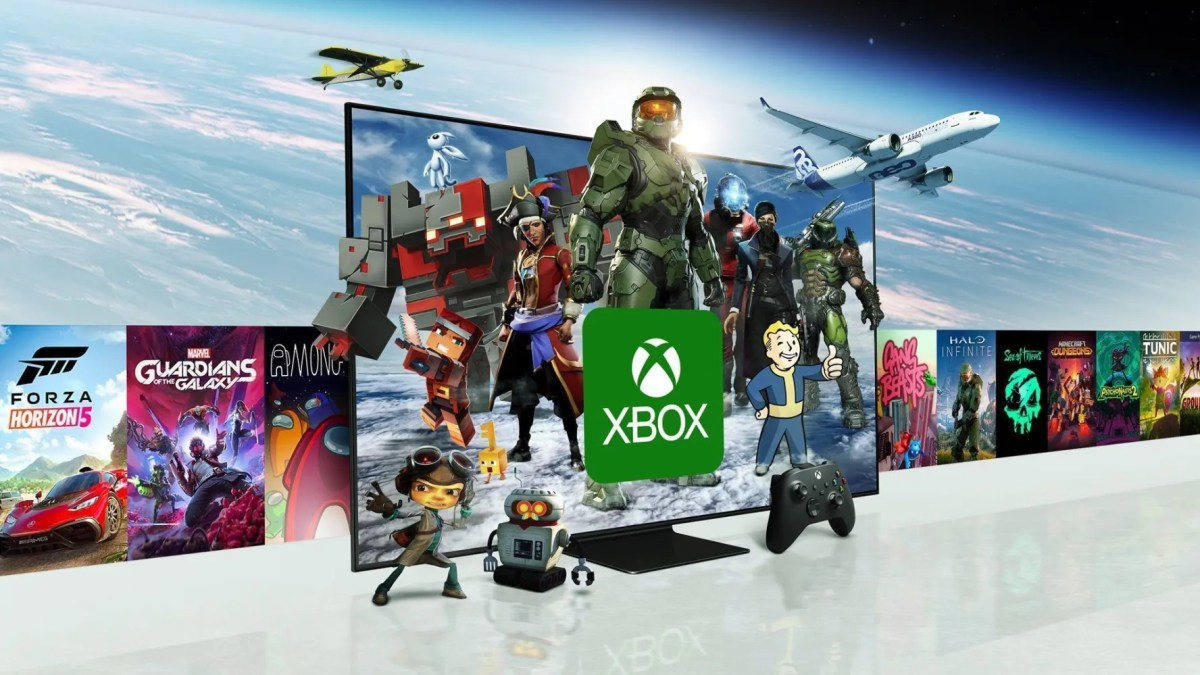
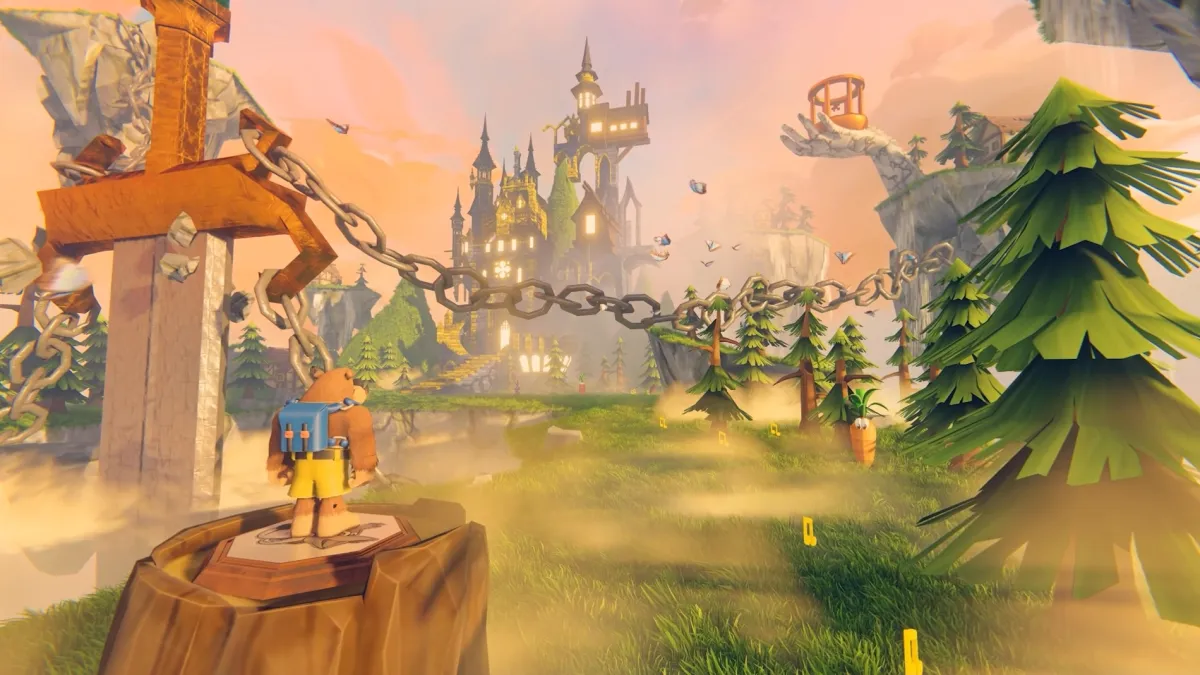




Published: Jan 30, 2013 4:15 PM UTC